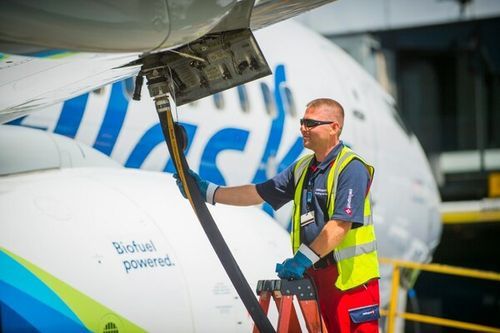The Advanced Research Projects Agency-Energy (ARPA-E) has opened $36m in funding to develop technologies to lower nitrous oxide (N2O) emissions by 50% from the cultivation of corn and sorghum used for United States ethanol production, according to a news release.
The Technologies to Emend and Obviate SYnthetic Nitrogen’s Toll on Emissions (TEOSYNTE) program will emphasize strategies that lower the application of synthetic nitrogen (N) fertilizer on corn and sorghum fields. Lowering the application of synthetic N fertilizer would reduce greenhouse gas emissions as well as significantly lower farmers’ operating costs while maintaining crop yields. TEOSYNTE continues ARPA-E’s history of supporting transformative agricultural technologies that lower the carbon intensity of biofuel production and builds on President Biden’s commitment to promote U.S. innovation of critical new technologies and support sustainable agriculture.
Agriculture accounts for approximately 11.2% of total U.S. greenhouse gas emissions annually. Of these emissions, N2O is a main contributor. N2O has a greenhouse warming potential 273 times that of carbon dioxide (CO2) and persists in the atmosphere for close to 120 years. Approximately 80% of agricultural emissions of N2O arise from agricultural soil management, largely attributed to the application of synthetic N fertilizers that are converted to N2O during microbial soil processes.
Through the TEOSYNTE program, ARPA-E will emphasize plant and microbial bio-design strategies that lower the application of synthetic N fertilizer on corn and sorghum fields while maintaining crop yields and reducing emissions. Projects selected through the TEOSYNTE program will work to:
- Reduce imports of foreign synthetic N fertilizer by reducing the N fertilizer usage in U.S. agriculture;
- Improve efficiency by saving billions in operational cost for U.S. farmers, and reduce carbon intensity for ethanol and ethanol-derived sustainable aviation fuel (SAF); and
- Lower emissions of CO2 generated during N fertilizer production and N2O after N fertilizer application.








